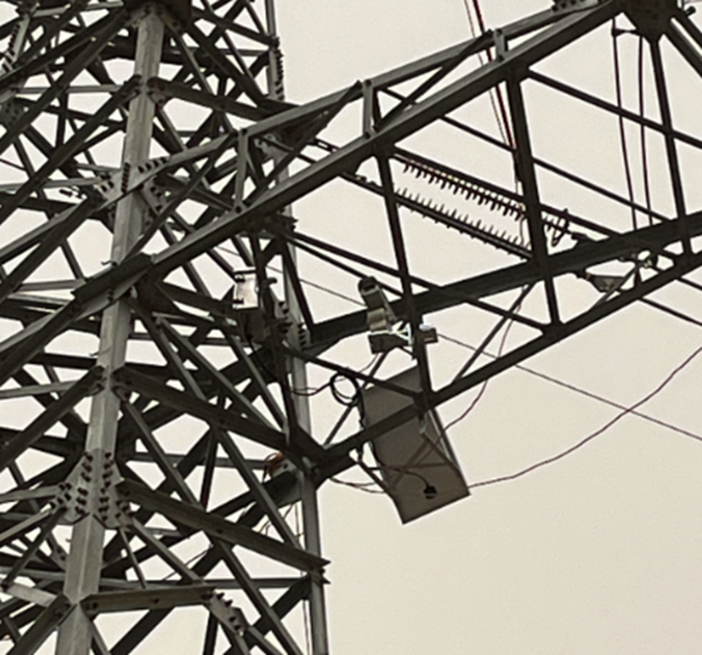The hidden dangers posed by bird activities have always been a "chronic problem" in power operation and maintenance - magpies build nests on the cross arms of iron towers, and branches and dry grass may cause short circuits; bird droppings can easily contaminate insulators, leading to pollution flashover; even migratory birds passing by iron towers may cause line trips due to collisions with conductors. To resolve this "bird-electricity" conflict, power grid operation and maintenance personnel have come up with many strategies. Nowadays, the "lightweight tower-climbing" DX-QNS100-JG laser bird repeller from Shenzhen Dingxin Smart Technology Co., Ltd. has made bird prevention in power grids efficient
Although previous bird-proofing devices such as bird spikes and bird baffles can prevent birds from landing, they may also increase the load on the iron tower during windy weather. The emergence of laser bird repellers has completely overturned these traditional ideas. They can be installed at key locations such as the cross-arm of the iron tower, as well as at substations and other places, with a wide range of applicable locations. Unlike bird spikes, which use brute force, laser bird repellers use laser beams to perform a bird-repelling trick!
In the entire bird repelling process, the primary bird repelling method of the laser bird repeller is a 532nm green laser with a specific wavelength. The retina of birds is particularly sensitive to green light. In their eyes, this slowly scanning laser beam resembles a moving benchmark, and they instinctively perceive it as an approaching danger, thus actively flying away. What's more interesting is that our DX-QNS100-JG laser bird repeller supports the system to set the time to turn on the laser and automatically cruise to the preset position, achieving a "recognition and on-demand bird repelling" mode. It neither worries about disturbing people like sound wave bird repelling, nor harms birds, truly achieving "bird repelling without killing".
In spring and autumn, towers and substations along important migratory routes for birds may experience malfunctions due to birds colliding with wires or building nests, with such incidents occurring on average 2-3 times per month. In such cases, it may be considered to install laser bird repellers to "guide" them around the lines and power facilities with laser beams.





